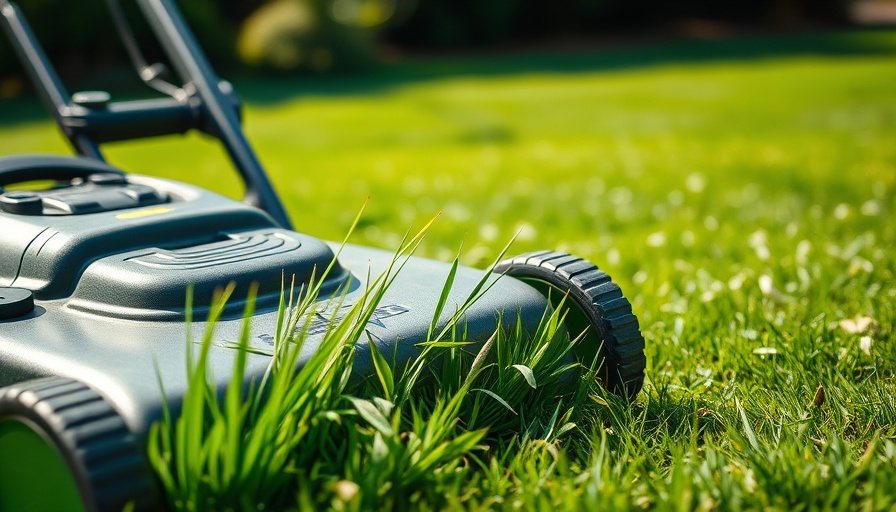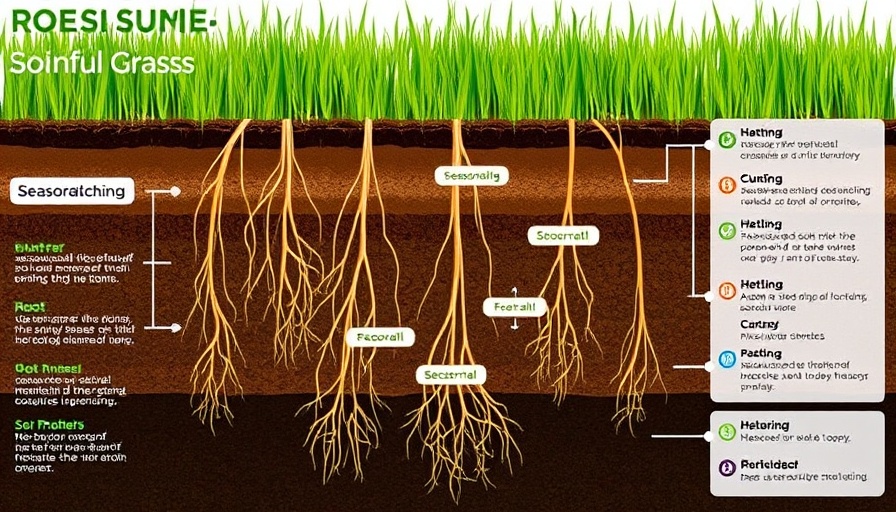
The Ultimate Guide to Grass Clippings: Mulching vs. Side Discharge
When it comes to mowing your lawn, one question looms large: how should you manage those grass clippings? With two popular methods—mulching and side discharge—each promising certain benefits, how do you decide which one is best for your lawn care routine? In this article, we’ll explore the pros and cons of both mulching and side discharge while providing insights on how each method can affect your lawn’s health. Ultimately, the choice between mulching vs. side discharge hinges on personal preference, lawn conditions, and maintenance time.
What is Mulching and Why Should You Do It?
Mulching is the process of chopping grass clippings into small pieces, which then decompose quickly on your lawn, returning valuable nutrients to the soil. According to experts, mulched clippings can reduce fertilizer needs by up to one pound per 1,000 square feet annually. This practice not only feeds your lawn but can also enhance its overall health.
Pros and Cons of Mulching Clippings
-
Pros:
- Retains nutrients: Returning clippings to the lawn enhances nutrient cycling.
- Time-efficient: Cuts down on the time spent bagging and hauling clippings away.
- Aesthetic appeal: Smaller clippings blend in better with the grass.
-
Cons:
- Not ideal for tall or wet grass, as it could lead to clumping.
- Requires more frequent cleaning of mower components.
- Mowing speed can be slower than side discharge.
The Functionality of Side Discharge
Side discharge allows grass clippings to be expelled from the side of the mower deck, leading to less clogging compared to mulching. However, this method has its own set of considerations. Grass clippings left in piles can suffocate the grass below, leading to potential lawn health issues.
Pros and Cons of Side Discharge
-
Pros:
- Faster mowing: Ideal for larger areas where rapid mowing is necessary.
- Less maintenance required on the mower.
-
Cons:
- Risk of debris being flung, which could damage plants or people nearby.
- Piles of clippings can smother grass and may cause uneven lawn appearance.
Comparing Mulching and Side Discharge: Which is Better?
Experts argue about the merits of each method, but the choice ultimately depends on lawn conditions and personal preference. For homeowners aiming to conserve nutrients and enrich the soil, mulching stands out as the preferable option. Conversely, side discharge might be more suited for those aiming for efficiency in larger, manicured areas.
Addressing Common Misconceptions
One prevalent myth is that leaving grass clippings contributes to thatch buildup. Research indicates that mulched grass decomposes quickly, reducing this risk significantly. In fact, properly managed clippings can support a healthier lawn by enhancing soil moisture retention and nutrient availability.
Best Practices for Grass Clipping Management
To optimize the benefits of both methods, consider implementing a few simple guidelines:
- Use a sharp mower blade to ensure a clean cut and even distribution.
- Avoid mowing when grass is wet to prevent clumping, regardless of the method.
- Adjust your mowing height periodically based on grass growth to avoid excessive clippings in one cycle.
Conclusion: Making an Informed Decision
Ultimately, the best method for handling grass clippings revolves around understanding your lawn's specific needs and your mowing habits. Whether you prefer the nutrient recycling advantages of mulching or the rapid efficiency of side discharge, each strategy carries its benefits and trade-offs. Assess your lawn, make adjustments based on your observations, and remember that proper mowing techniques will always lead to a healthier yard.
Now that you understand the implications of your choices regarding grass clippings, take the next step and refine your lawn care routine:
- Experiment with both methods in different areas of your lawn to see which yields the best results.
- Ensure your mower is properly adjusted for the method you choose.
- Stay informed about the latest lawn care tips and innovations to keep your yard looking its best!
 Add Row
Add Row  Add
Add 
 Add Row
Add Row  Add
Add 

Write A Comment